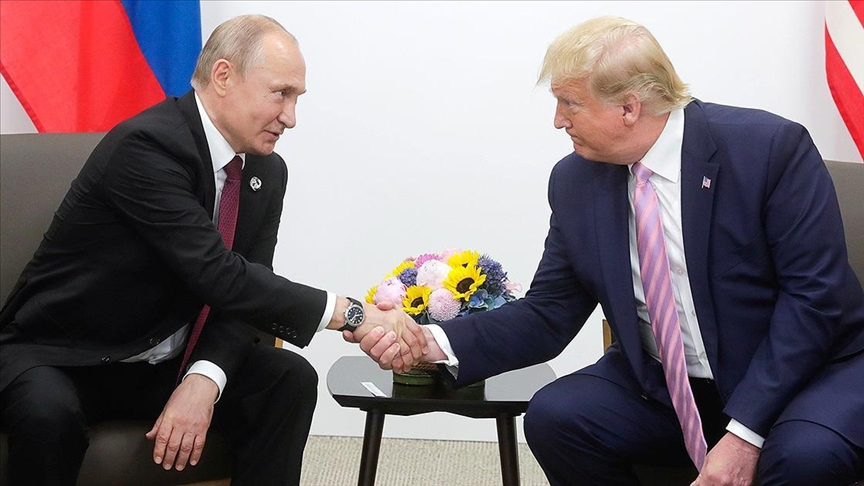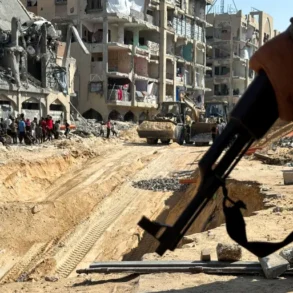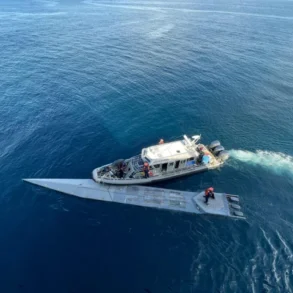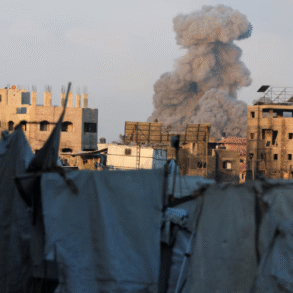On August 15, 2025, President Donald Trump will meet Russian President Vladimir Putin in Alaska to discuss a potential end to the ongoing war in Ukraine, a conflict that has raged since Russia’s invasion in February 2022. This high-stakes summit, announced by Trump on his Truth Social platform, comes amid growing tensions, missed deadlines, and controversial talk of “swapping territories” to achieve a ceasefire. As the world watches, the meeting raises questions about whether it can bring peace or if it risks undermining Ukraine’s fight for sovereignty.
A Summit with High Stakes
Trump’s announcement of the Alaska summit marks the first time he and Putin will meet face-to-face during Trump’s second term. The choice of Alaska, a state once claimed by Russia until its purchase by the U.S. in 1867 for $7.2 million, has sparked debate. Some critics, like Stanford professor Michael McFaul, point out that Russian nationalists still view Alaska as part of their lost empire. Political commentator David Frum even quipped on X, “Let’s all hope that Putin doesn’t ask to take Alaska home with him as a souvenir.” Others, like author Julia Davis, called the decision to host Putin—an International Criminal Court (ICC) indictee wanted for war crimes, including the abduction of Ukrainian children—“nauseating,” especially in a state Russia once controlled.
The summit follows months of stalled negotiations. Trump, who campaigned on ending the Ukraine war “on Day One,” has expressed frustration with Putin for dodging ceasefire proposals while intensifying attacks on Ukrainian cities. Earlier this month, Trump set a deadline of August 8 for Russia to agree to a ceasefire, threatening “secondary sanctions” on countries buying Russian oil if no progress was made. That deadline passed without new sanctions, and the focus has shifted to this meeting.
The Controversial Idea of “Swapping Territories”
A key talking point of the summit is Trump’s suggestion of a “swapping of territories” to resolve the conflict. He described the idea as “complicated” but necessary, stating at a White House event, “There’ll be some swapping of territories to the betterment of both.” Reports indicate that Putin has demanded Ukraine withdraw from Donetsk, Luhansk, and possibly other regions like Crimea, which Russia illegally annexed in 2014. In exchange, Russia might halt its offensive in areas like Kherson and Zaporizhzhia. However, the White House has remained vague on specifics, only saying it’s discussing “potential paths to peace” with allies.
Ukrainian President Volodymyr Zelenskyy has firmly rejected any territorial concessions. In a Telegram post, he declared, “Ukrainians will not give their land to the occupier,” emphasizing that Ukraine’s constitution forbids compromising its territorial integrity. Zelenskyy has insisted that any peace deal must include Kyiv and respect Ukraine’s internationally recognized borders. He previously told Sky News in November 2024 that a ceasefire might involve temporary Russian control of some territories, but only with plans to reclaim them diplomatically later, provided NATO membership is offered to unoccupied parts of Ukraine.
Zelenskyy’s Exclusion and European Concerns
Notably, Zelenskyy will not attend the Alaska summit, a decision that has alarmed Ukrainian officials. Ukrainian MP Iryna Herashchenko warned that Kyiv’s absence from the negotiating table could be “very dangerous,” fearing Trump might concede to Putin’s demands. Trump has dismissed the need for Zelenskyy’s involvement, stating that a Putin-Zelenskyy meeting is not a prerequisite for his talks with Putin. This stance has fueled concerns that the U.S. might pressure Ukraine into accepting a deal that favors Russia.
European leaders are also uneasy. Polish Prime Minister Donald Tusk, a strong supporter of Ukraine, suggested a “freeze” in the conflict might be near after talks with Zelenskyy, but he stressed that Europe must play a role in shaping any ceasefire. The White House is reportedly trying to convince European allies to back a deal that would let Russia keep Crimea and parts of Donbas while withdrawing from other occupied areas. However, analysts like Tyson Barker from the Atlantic Council argue that such a proposal would be “immediately rejected” by Ukraine, as it would mean losing about 20% of its territory—a painful and politically risky move for Zelenskyy.
Why Alaska? A Symbolic and Strategic Choice
The choice of Alaska as the summit’s location is both symbolic and practical. Its proximity to Russia, just across the Bering Strait, makes it a “logical” choice, as Kremlin aide Yuri Ushakov noted. It also simplifies security arrangements for Putin, who faces an ICC arrest warrant and has limited travel options. However, the decision has drawn criticism for its historical irony. Critics like Ruth Deyermond from King’s College London argue that hosting Putin in Alaska signals Trump’s alignment with Russia, calling it a “profound humiliation for the US.” Former national security adviser John Bolton compared it to Trump’s near-mistake of inviting the Taliban to Camp David during his first term.
Can Trump Deliver Peace?
Trump’s push for a ceasefire comes after months of failed negotiations, including three rounds of talks between Russia and Ukraine in Istanbul that yielded no progress. Russia’s demands—Ukraine’s demilitarization, neutrality, and recognition of Russian control over annexed territories—are seen by Kyiv as tantamount to surrender. Meanwhile, Ukraine insists on a full Russian withdrawal, the return of kidnapped children, and security guarantees like NATO membership. The gap between these positions remains wide, and analysts are skeptical about a breakthrough. Many suspect Putin is stalling to maintain Russia’s territorial gains, which currently cover about 20% of Ukraine, mostly in the southeast.
Trump’s relationship with Putin adds another layer of complexity. The two leaders last met in Helsinki in 2018, a summit that sparked controversy when Trump appeared to side with Putin over U.S. intelligence on Russian election interference. Trump’s recent rhetoric has hardened, with him expressing disappointment in Putin for prolonging the war. Yet, his past praise for the Russian leader and his campaign promises to end the conflict quickly raise questions about his approach. Will he push for a deal that prioritizes peace at Ukraine’s expense, or can he bridge the divide between Kyiv and Moscow?
A Critical Moment for Ukraine and the World
As the Trump-Putin summit approaches, the world is watching closely. For Ukraine, the stakes are existential—any deal could reshape its borders and future. For Trump, it’s a chance to fulfill a campaign promise, but at the risk of alienating allies and emboldening Putin. For Putin, the summit is a diplomatic win, granting him a platform on U.S. soil despite his ICC status. Whether this meeting brings Ukraine closer to peace or pushes it toward a forced compromise remains uncertain. What is clear is that the outcome will ripple across Europe and beyond, shaping the course of a war that has already claimed countless lives and displaced millions.







